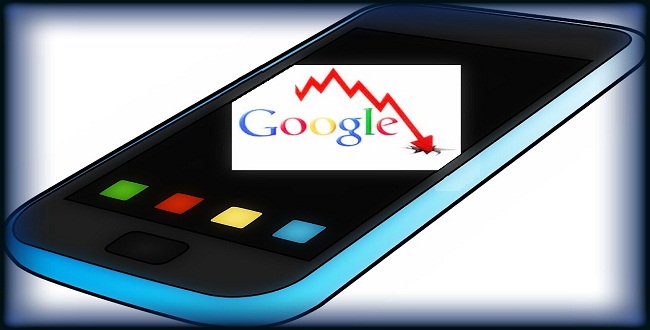Recently, Google revealed that mobile-friendliness of sites will now be part of the mobile ranking algorithm factors. This means webmasters and site owners need to up their game with regards to improvement of the accessibility of their sites through mobile devices.
Responsive web design has made creation of mobile friendly sites like walnutseo.com much easier and more effective, but some webmasters are still making small mistakes that could be costing them loads of mobile traffic. Below is a list of five errors to look out for if you want to retain your high rankings on mobile as well, since the world has gone mobile in 2015.
- Slow loading time
A page that takes forever to load is annoying on desktop; on mobile, it’s an even bigger turn-off. Mobile users are on the go and have no patience to put up with slow sites; they are likely to just switch off and move to the next site. You can use Google’s PageSpeed Insights to find out how you’re doing on speed and identify issues that could be contributing to slow speeds.
- Erroneous redirects
It’s a good thing that you know to create different pages to direct users depending on the device they are browsing on. However, be careful to make sure that mobile users are not directed to the desktop site or vice versa. It may look obvious, but sometimes links can get interchanged causing mobile users to get wrong direction.
Responsive web design can solve this problem, as the site adjusts automatically according to the size of the user’s screen.
- Content that doesn’t play
Given that over 50% of all searches are now carried out on mobile, where you have non-text/motion/interactive content, ensure it displays and functions on mobile as well as it does for the desktop. Unplayable videos and images that are too large to load are instant turnoffs for mobile users. These are commonly due to using media/media players that have licensing constraints like Flash.
Using HTML5 for videos and animations can solve this, as it has support for all formats.
- App Download banners
If you use your official website in the promotion of your native app, be careful about how pages serve up to users. You can place a banner ad for the app download message at the top or bottom of the mobile screen or within the content, but if the ad blocks page content, Google will not take it kindly.


